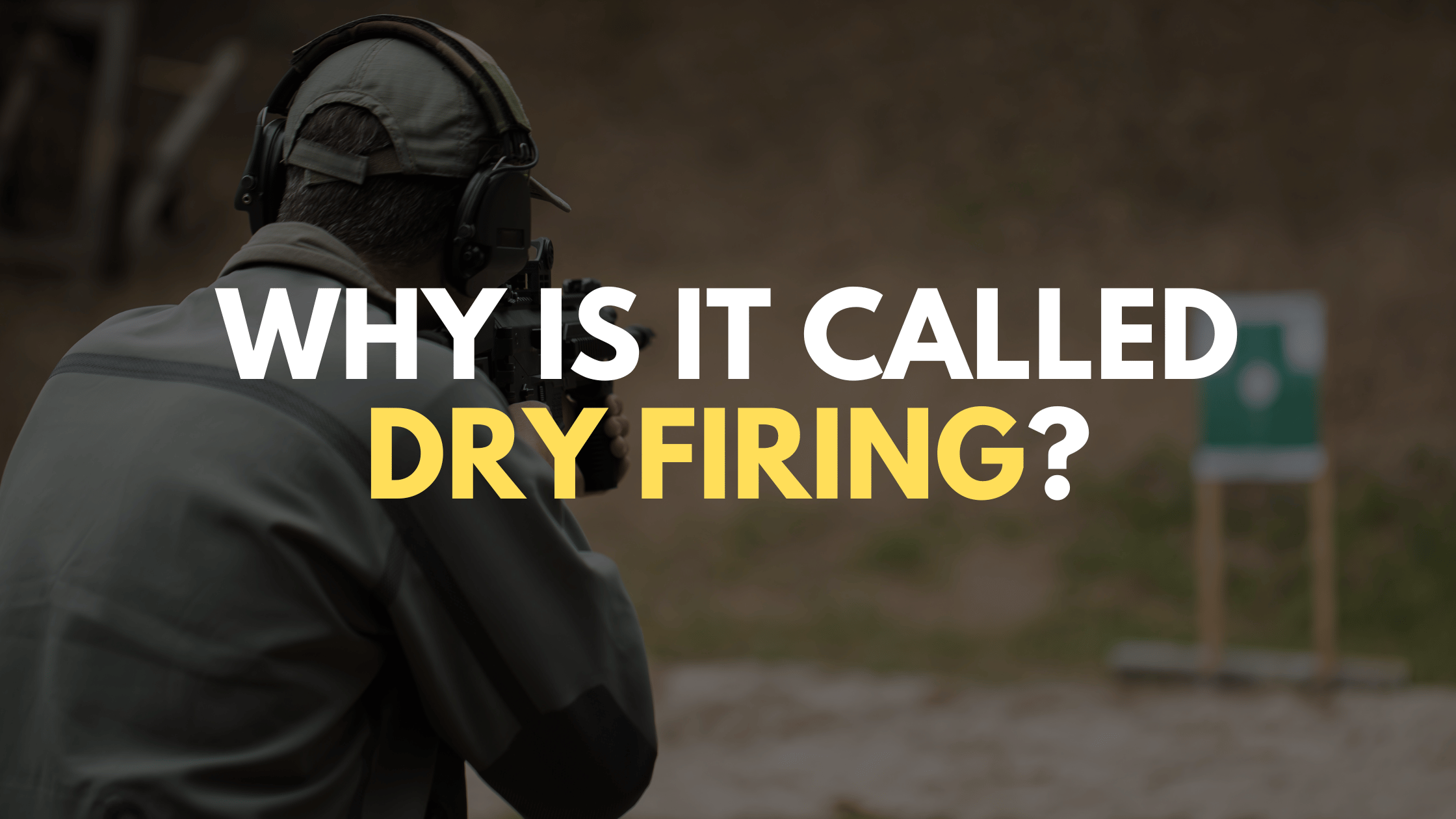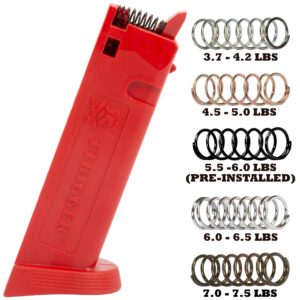Dry firing refers to the act of pulling the trigger of a firearm when there is no ammunition in the chamber or magazine. It is a common practice among firearms enthusiasts, hunters, and competitive shooters, but it is also a controversial subject that has sparked debates and discussions.
In this article, we will explore why dry firing is called such, the benefits and drawbacks of this practice, and some tips on how to do it safely.
The Origins of the Term Dry Firing
The term “dry firing” comes from the fact that when you pull the trigger of a firearm without any ammunition, there is no explosion or combustion. This means that the gunpowder in the cartridge does not ignite, and the firing pin hits the empty chamber, making a “dry” sound.
What is Dry Fire Training?
Dry fire training is a practice that involves simulating the act of firing a gun without using live ammunition. It is an essential training technique used by firearm enthusiasts, law enforcement officers, and military personnel to enhance their shooting skills and proficiency.
Dry firing is performed using an unloaded firearm or a dummy gun, which is designed to simulate the weight and feel of a real gun. The primary objective of dry fire training is to improve muscle memory, accuracy, speed, and overall firearm handling skills.
The Benefits of Dry Firing
Dry firing has many benefits, including:
Improving Shooting Skills
Dry fire is an effective way to improve your shooting skills without spending money on ammunition. It allows you to practice your trigger pull, sight alignment, and grip without the noise, recoil, and distractions of live fire.
Checking and Maintaining Your Firearm
The dry firing also enables you to check and maintain your firearm’s functionality and performance. By practicing dry firing regularly, you can identify any issues or malfunctions with your gun and address them before they become serious problems.
Increasing Safety
Dry firing can also increase your safety by reinforcing proper gun handling and trigger discipline. By practicing dry firing with an unloaded firearm, you can develop good habits and muscle memory that can prevent accidental discharges and other mishaps.
The Drawbacks of Dry Firing
Although dry firing has many benefits, it also has some drawbacks, including:
Potential Damage to Your Firearm
Dry firing can cause damage to your firearm if it is not designed for this practice. Some firearms, especially older models or rimfire guns, can be damaged by repeated dry firing because the firing pin hits the breech face without the cushioning effect of a cartridge. It is important to consult your firearm’s manual or a professional gunsmith to determine if it is safe for dry firing.
False Sense of Security
Dry firing can also create a false sense of security because it does not simulate the conditions of live fire. Although dry firing can help you develop good shooting habits, it does not prepare you for the noise, recoil, and stress of a real shooting situation.
Boredom and Repetition
Dry firing can also become tedious and repetitive if you do not vary your training routine or set specific goals. It is important to have a plan and track your progress to stay motivated and engaged.
How to Dry Fire Safely
To dry fire safely, follow these tips:
- Always ensure that your firearm is unloaded and pointed in a safe direction.
- Remove all ammunition from the room or area where you will be dry firing.
- Use snap caps or dummy rounds to cushion the firing pin and protect your firearm.
- Practice in a well-lit, ventilated, and distraction-free environment.
- Wear eye and ear protection to prevent injury from any debris or noise.
- Follow the basic gun safety rules, such as keeping your finger off the trigger until you are ready to shoot, and treat every firearm as if it were loaded.
By following these safety guidelines, you can enjoy the benefits of dry firing without putting yourself or others at risk.
Conclusion
Dry firing is a valuable practice for firearms enthusiasts, hunters, and competitive shooters, but it is not without its risks and limitations. By understanding the origins of the term and the benefits and drawbacks of this practice, you can make an informed decision about whether it is right for you. If you decide to dry fire, be sure to do it safely and responsibly

